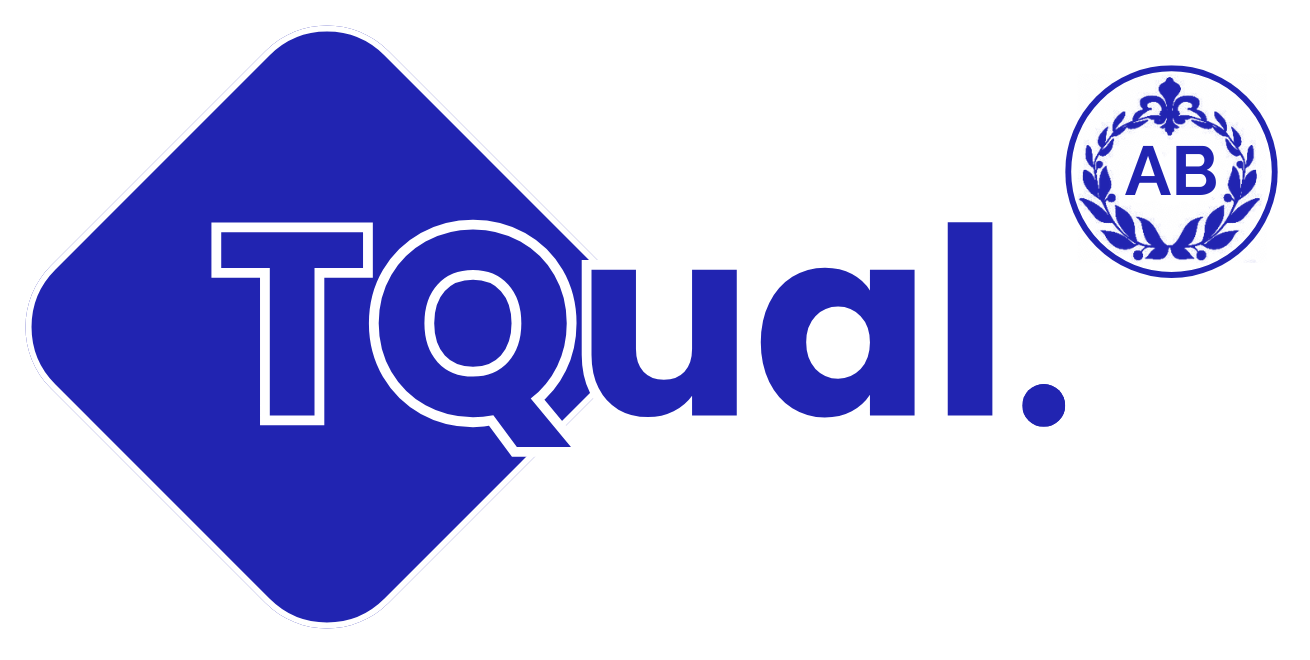Advanced Health and Safety Qualifications:
Graduates of the TQual Level 3 Award may choose to pursue advanced qualifications in health and safety to further enhance their expertise and career opportunities. This could include advanced certifications like the NEBOSH National Diploma in Occupational Health and Safety or the IOSH Managing Safely Certificate, which provide deeper insights into occupational health, safety management, and legislative compliance.
Specialization:
Some individuals may decide to specialize in particular fields within health and safety, such as construction safety, industrial hygiene, environmental health, or ergonomics. Specializing allows professionals to build extensive knowledge in specific industry sectors or focus on managing certain types of workplace risks, thereby enhancing their skill set and marketability.
Career Advancement:
Completing the Level 3 Award opens up various career advancement opportunities in health and safety roles. Graduates can move into positions such as Health and Safety Officer, Safety Coordinator, Risk Manager, or Health and Safety Manager, across a wide array of industries, helping to create safer workplace environments.
Further Education:
Some graduates may opt to continue their academic journey by pursuing higher qualifications, such as undergraduate or postgraduate degrees in Occupational Health and Safety, Environmental Health, or Risk Management. These programs offer a deeper understanding of advanced safety principles, research methodologies, and strategic risk management practices.
Professional Memberships:
Becoming a member of professional bodies like the Institution of Occupational Safety and Health (IOSH) or the International Institute of Risk and Safety Management (IIRSM) can offer valuable networking opportunities, access to exclusive resources, and official recognition of professional competence. Graduates may also work towards achieving Chartered status or other professional credentials within these organizations.
Continuing Professional Development (CPD):
Continuing Professional Development is essential for maintaining and enhancing expertise in the field of health and safety. Graduates can engage in CPD activities, such as attending conferences, workshops, or seminars, and staying up-to-date with industry trends, regulations, and best practices to ensure they remain competitive in the ever-evolving workplace safety landscape.
Management and Leadership Roles:
With additional experience and qualifications, individuals may progress into managerial and leadership positions, overseeing health and safety teams or departments. These roles often involve the integration of health and safety practices with overall risk management strategies, ensuring organizational compliance and fostering a strong safety culture.
Consultancy or Self-Employment:
Some graduates may choose to work independently by establishing their own health and safety consultancy or offering freelance services. By providing expert advice on health and safety regulations, risk assessments, and compliance strategies, they can assist various organizations on a contractual basis.
The TQual Level 3 Award in Health and Safety in the Workplace serves as a key foundational qualification for those looking to build a successful career in health and safety, offering multiple avenues for further specialization, career progression, professional development, and entrepreneurship.

